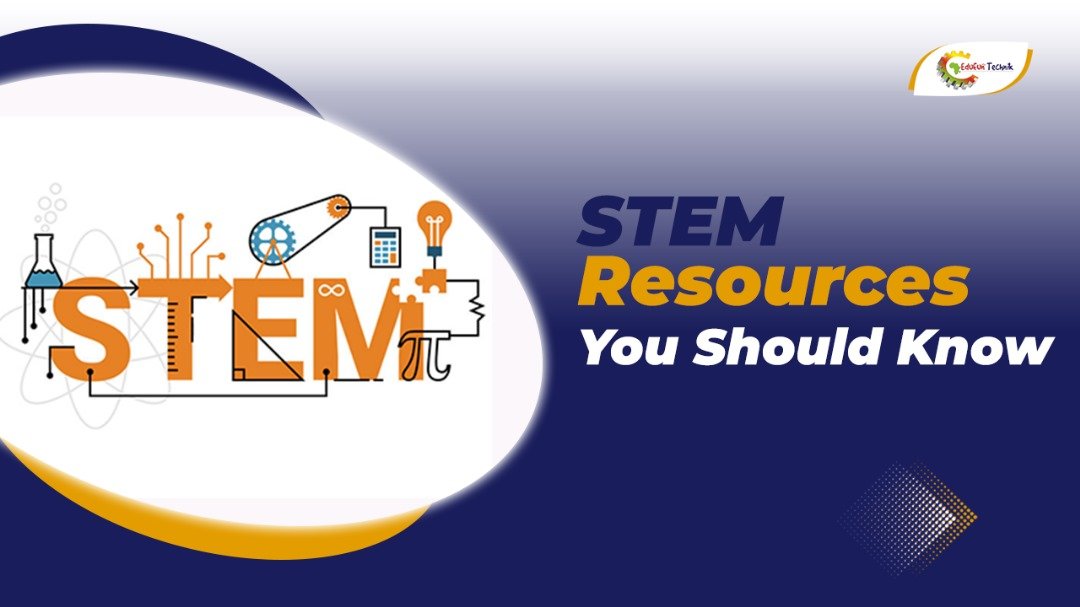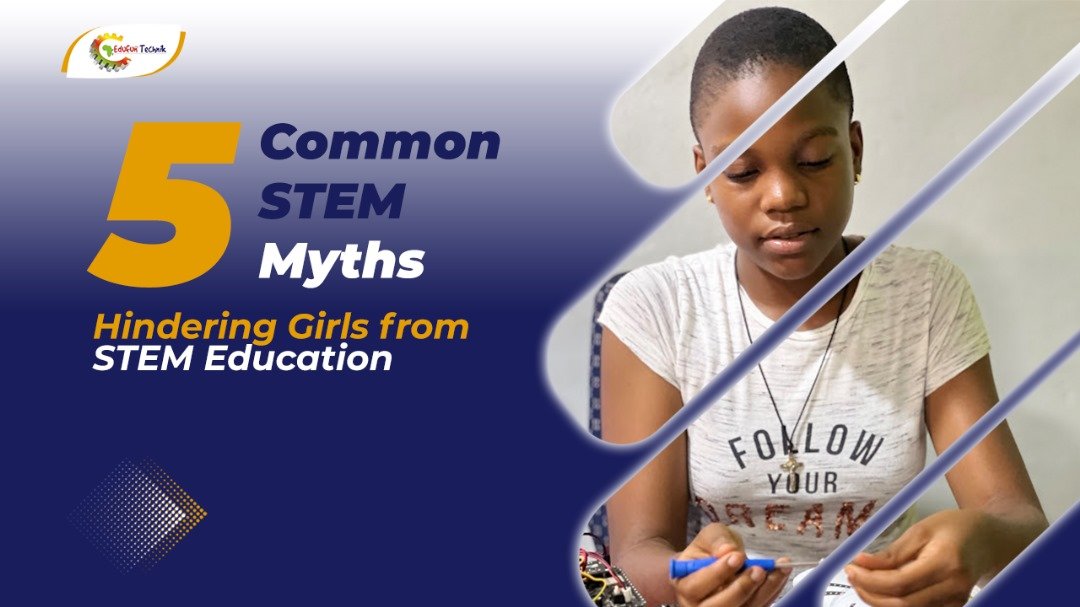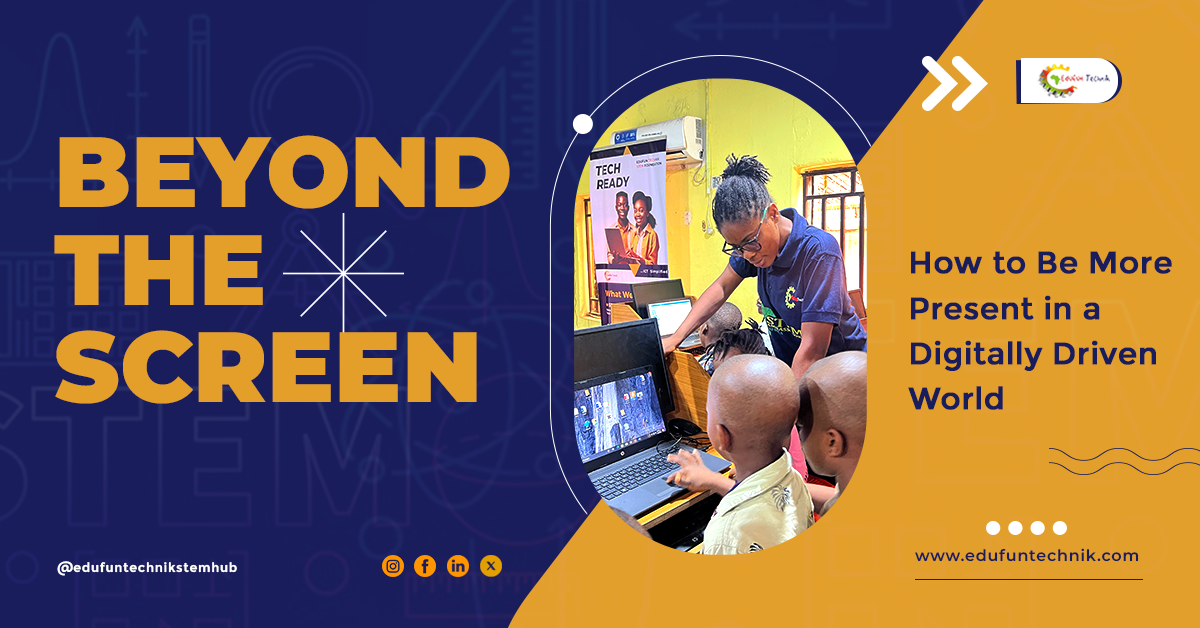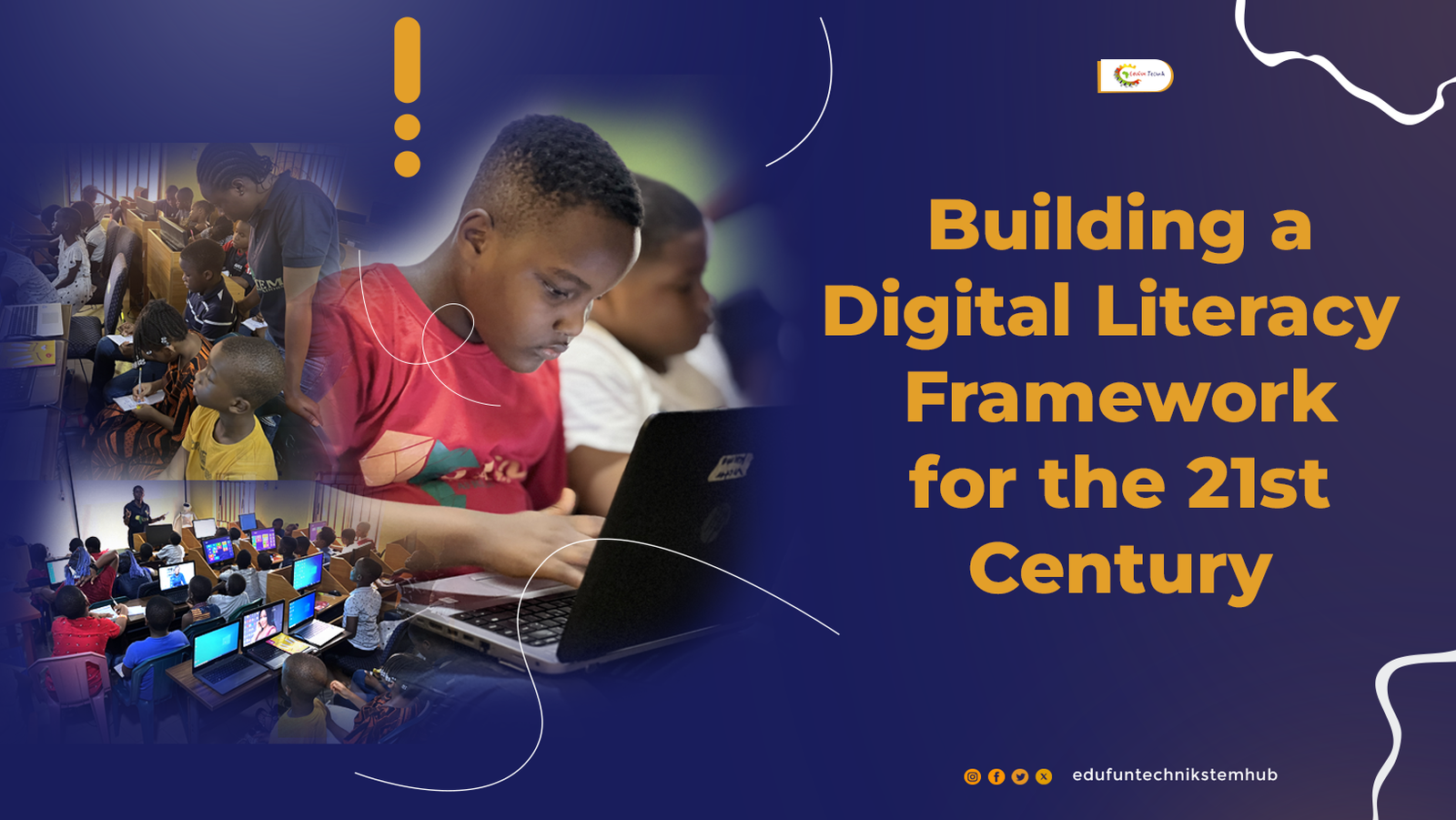Education in the Renaissance, spanning roughly from the 14th to the 17th century, emphasized not just knowledge but wisdom, creativity, and intellectual freedom. During this time, scholars were encouraged to explore multiple disciplines—from art and literature to science and philosophy—creating a foundation for broad, interconnected learning.
Today, our educational system is focused primarily on specialization and career-focused skills, which, while valuable, can limit a student’s perspective and adaptability. In the 21st century, where technology and information evolve rapidly, a more holistic approach inspired by Renaissance education can develop adaptable, well-rounded thinkers who excel both personally and professionally.
As you read, we’ll explore elements of Renaissance-style education and how these ideas can be integrated into modern learning environments. You may consider how these elements can shape your own educational journey or influence the education of those around you.
Curiosity and Inquiry
Renaissance education placed curiosity at the heart of learning. Rather than relying on rote memorization, students were encouraged to ask questions, explore new ideas, and seek understanding beyond what was written in textbooks. This approach developed critical thinking skills and intellectual independence, allowing students to become lifelong learners who constantly seek knowledge. In today’s education, prioritizing curiosity can produce more engaged, motivated students who feel empowered to explore subjects that truly interest them.
Curiosity-driven learning is especially relevant in our era of rapid technological advancements and evolving industries. When students are encouraged to ask questions and seek answers, they develop resilience and adaptability, two essential q`ualities for thriving in uncertain and fast-paced environments. Psychologist Howard Gardner, known for his work on multiple
intelligences, argues that encouraging curiosity in students helps them discover their strengths and passions, fostering a sense of purpose in their studies and future careers.
Moreover, fostering curiosity can also promote problem-solving skills. When students are curious, they are more likely to investigate different perspectives and experiment with diverse solutions, enhancing their ability to tackle complex issues. By integrating inquiry-based learning in the classroom, educators can help students cultivate a love of discovery that extends far beyond school walls and lasts a lifetime.
Cross-Disciplinary Learning
Renaissance scholars like Leonardo da Vinci exemplified cross-disciplinary learning, achieving proficiency in multiple fields from art to engineering. By blending these areas of knowledge, Renaissance thinkers were able to innovate in ways that shaped entire fields. In modern education, embracing interdisciplinary learning can enhance creativity, problem-solving, and innovative thinking, as students can draw on knowledge from various fields to find solutions. This approach aligns well with the needs of today’s workforce, where collaboration and innovation across disciplines are crucial.
Today’s challenges, such as climate change and global health crises, often require solutions that combine knowledge from multiple fields, including environmental science, technology, policy,
and economics. Introducing cross-disciplinary learning in schools prepares students to think broadly and make connections between disparate subjects. The World Economic Forum emphasizes that a combination of skills, including creativity and adaptability, is vital for the future workforce, making cross-disciplinary education essential for young learners.
Incorporating cross-disciplinary learning encourages students to break out of subject-based silos and think holistically. Instead of viewing knowledge as separate units, students can understand how different areas interrelate, providing a richer educational experience and a deeper understanding of the world around them. This kind of learning fosters critical thinking and prepares students to face real-world problems with a comprehensive, adaptable mindset.
Hands-On Learning
During the Renaissance, hands-on learning was highly valued, allowing students to apply theory in practical ways that deepened their understanding. Artisans, engineers, and scientists practiced their crafts, learning from mistakes and refining their skills through direct experience. In contemporary education, hands-on, project-based learning has a similar impact, making abstract concepts more tangible and giving students valuable problem-solving experience. When students actively engage with the material, they retain knowledge better and develop skills they can apply in real-world scenarios.
Experiential learning bridges the gap between theory and practice, allowing students to see the relevance of what they’re learning. For example, STEM programs that enable students to build robots, design apps, or conduct experiments give them practical insights into complex concepts, boosting confidence and enhancing comprehension. Learning by doing also encourages teamwork and communication, as students often collaborate on projects, honing these essential skills for future careers.
Hands-on learning also nurtures resilience by showing students that mistakes are part of the process, not something to be feared. Working through challenges teaches persistence and adaptability, preparing students for the unpredictability of life and work. As they learn to navigate obstacles, students gain valuable life skills that go beyond academics, reinforcing the idea that education should prepare them for all aspects of life, not just the workplace.
Self-Expression Through the Arts
Art was a core element of Renaissance education, valued for its ability to promote self-expression and creativity. Students learned to appreciate and produce art, developing their emotional intelligence and cultural awareness. This element of Renaissance education is just as relevant today, as studies show that engaging with the arts supports empathy, communication,
and problem-solving. Allowing students to express themselves creatively also builds confidence, helping them find their unique voices in a world that often encourages conformity.
Creative expression has also been shown to enhance mental health, providing an outlet for emotions and a way to cope with stress. In modern education, incorporating the arts supports emotional well-being and allows students to explore their identities in healthy ways. Educational leader Sir Ken Robinson argued that creativity is as important as literacy, emphasizing that when students are encouraged to express themselves artistically, they become more innovative, resilient, and self-assured.
Additionally, a focus on the arts builds cultural literacy, encouraging students to appreciate diverse forms of expression and understand the value of different perspectives. This cultural awareness fosters empathy and open-mindedness, qualities essential for success in our increasingly interconnected world. By encouraging self-expression through the arts, schools can nurture not just well-rounded students but compassionate, culturally aware citizens.
Ethics and Civic Responsibility
Ethics and civic responsibility were central to Renaissance education, which emphasized moral development and a sense of duty toward the community. In an age where technology and globalization connect people across cultures, ethical awareness is more important than ever. Education systems today can benefit from teaching students about ethics, justice, and social responsibility, fostering individuals who understand the impact of their choices on the world around them.
Incorporating ethics into the curriculum helps students develop a moral compass, teaching them to consider the consequences of their actions and make decisions that benefit society. Civic education encourages students to understand their rights and responsibilities as citizens, preparing them to engage in democracy and contribute positively to their communities. Programs like the Harvard Graduate School of Education’s “Making Caring Common” emphasize that moral and civic education builds compassionate, socially aware individuals.
Moreover, ethical education provides students with tools to navigate complex societal challenges, from environmental sustainability to social justice. By fostering civic responsibility, schools can encourage students to become active, engaged citizens who are equipped to address pressing global issues. This approach not only builds character but prepares students to take on leadership roles and make meaningful contributions to society.
Communication and Rhetoric
In the Renaissance, effective communication was a prized skill, with an emphasis on both oral and written forms of expression. Scholars learned to articulate their ideas clearly, an ability that remains essential in today’s interconnected world. Communication skills are highly valued in the workforce, where the ability to convey complex ideas and collaborate across teams is crucial. By teaching students rhetoric, writing, and public speaking, educators can empower them to express themselves confidently and persuasively.
Mastering language also enhances critical thinking, as students learn to structure arguments, evaluate evidence, and consider different perspectives. Research from the National Association of Colleges and Employers consistently ranks communication skills among the most desirable qualities in job candidates, showing that the ability to express oneself effectively is crucial for career success. Encouraging students to develop these skills prepares them for a range of professional and personal interactions.
Communication skills are equally important for building relationships and navigating social situations. When students learn to listen actively and speak thoughtfully, they become better team members, friends, and leaders. Teaching communication is not just about preparing students for the workforce; it’s about helping them form meaningful connections, advocate for themselves, and contribute positively to their communities.
Understanding and Embracing Failure
In the Renaissance, failure was seen as an integral part of the learning process. Pioneers like Galileo and Leonardo da Vinci viewed mistakes as valuable learning opportunities, not setbacks. Today, embracing failure is a crucial mindset for developing resilience, adaptability, and persistence. Psychologist Carol Dweck, known for her work on the “growth mindset,” emphasizes that understanding failure as a pathway to growth empowers students to overcome challenges and persevere in the face of difficulty.
Learning to view failure positively encourages students to take risks and innovate without fear of making mistakes. This mindset fosters creativity and confidence, teaching students that setbacks are not final but rather part of the journey toward success. Schools that incorporate growth mindset principles help students build the resilience needed to navigate academic, professional, and personal challenges, turning failure into a stepping stone for improvement.
In a world that values innovation, the ability to learn from failure is especially critical. Students who see mistakes as opportunities for growth are more likely to take calculated risks, experiment with new ideas, and contribute meaningfully to society. By helping students understand that failure is an essential part of success, educators can foster a culture of resilience, inspiring students to pursue their goals with determination and creativity.







